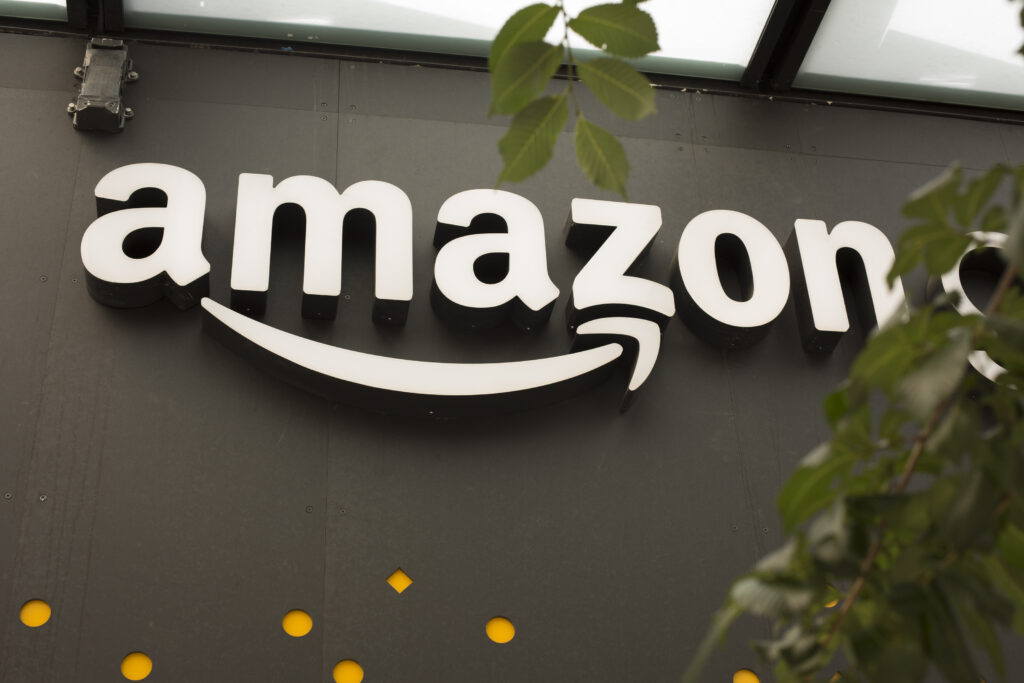
Is Amazon FBA Automation a Set-It-and-Forget-It Business Model?
Amazon FBA automation has gained immense popularity as entrepreneurs seek passive income opportunities. Many believe it to be a “set-it-and-forget-it” business model, but is it truly that simple? In this blog, we’ll break down the reality of Amazon FBA automation, the role of the best Amazon automation service, and what it actually takes to run a successful automated Amazon business.
Understanding Amazon FBA Automation
Amazon FBA (Fulfillment by Amazon) is a program where sellers send their products to Amazon’s warehouses, and Amazon handles storage, packaging, and shipping. Amazon FBA automation takes this process a step further by outsourcing product research, inventory management, pricing, and even customer service through third-party services or AI-driven tools.
With the right Amazon automation service, sellers can streamline operations and minimize manual tasks. However, the idea that this business model requires zero effort is a misconception. While automation does reduce workload, oversight and strategic decision-making remain crucial.
The Reality of a “Set-It-and-Forget-It” Model
1. Product Research Still Requires Attention
Even with automation, you must stay updated on market trends. The best Amazon automation service may assist with product selection, but choosing profitable, high-demand, and low-competition products still requires careful evaluation.
Key Factors to Monitor:
- Market demand fluctuations
- Competition and pricing strategies
- Seasonal trends affecting product performance
2. Inventory Management Isn’t Fully Hands-Off
Automated tools can track inventory levels and reorder stock when necessary, but sellers must ensure Amazon’s storage fees don’t eat into profits. FBA storage costs can be high, especially for slow-moving products, so monitoring inventory turnover is essential.
Common Challenges:
- Stockouts leading to lost sales and lower rankings
- Excess inventory accumulating high storage fees
- Supply chain disruptions affecting fulfillment timelines
3. Customer Service and Reviews Require Attention
Amazon FBA automation includes automated responses to common customer queries, but managing negative feedback and ensuring a high seller rating still requires human intervention.
Why It Matters:
- Poor customer service can lead to account suspensions
- Negative reviews can damage product rankings
- Automated responses may not always resolve complex issues effectively
4. Algorithm and Policy Changes Affect Automation
Amazon frequently updates its algorithms and policies, impacting product rankings and seller strategies. Relying solely on automation without staying informed can result in account restrictions or reduced sales.
Recent Policy Changes That Affected Sellers:
- Stricter rules on product authenticity and compliance
- Changes in advertising policies affecting PPC automation
- Amazon’s crackdown on fake reviews and manipulative tactics
5. Marketing and Advertising Require Strategy
Automated PPC (Pay-Per-Click) tools can manage ad campaigns, but manual adjustments based on performance data are necessary. Amazon FBA automation services can optimize bidding, but human oversight ensures ad spend efficiency.
Areas Requiring Manual Input:
- Adjusting PPC campaigns based on conversion rates
- Running external marketing strategies (social media, influencers, email campaigns)
- Optimizing product listings with updated keywords and A/B testing
How to Effectively Automate Your Amazon FBA Business
While a completely hands-off business is unrealistic, you can achieve significant automation with a structured approach:
- Use a Trusted Amazon Automation Service – Partner with reputable companies that offer end-to-end automation while maintaining transparency.
- Implement AI-Powered Tools – Utilize AI-driven software for pricing adjustments, keyword optimization, and inventory tracking.
- Monitor Financial Performance – Regularly check profit margins, storage fees, and ad spend to ensure profitability.
- Stay Updated on Amazon Policies – Keep an eye on Amazon’s guidelines to avoid policy violations.
- Balance Automation with Human Oversight – Use automation for repetitive tasks but remain involved in decision-making processes.
Final Verdict: Is Amazon FBA Automation Truly Passive?
The idea of completely “setting and forgetting” an Amazon FBA business is a myth. While Amazon FBA automation significantly reduces manual work, it still requires strategic input, monitoring, and occasional intervention. The best Amazon automation service can help streamline operations, but sellers must remain engaged to sustain long-term success.
For entrepreneurs seeking a semi-passive income stream, leveraging automation while maintaining oversight is the ideal approach. If done right, Amazon FBA automation can be a profitable and scalable business—just not one that runs entirely on autopilot.
